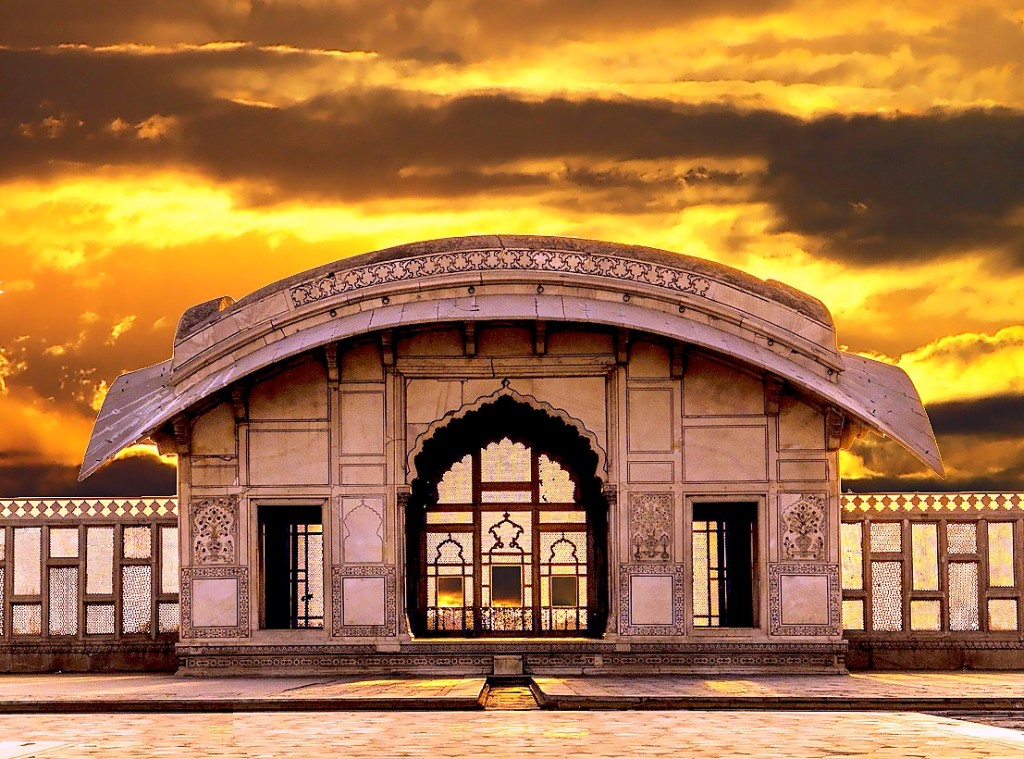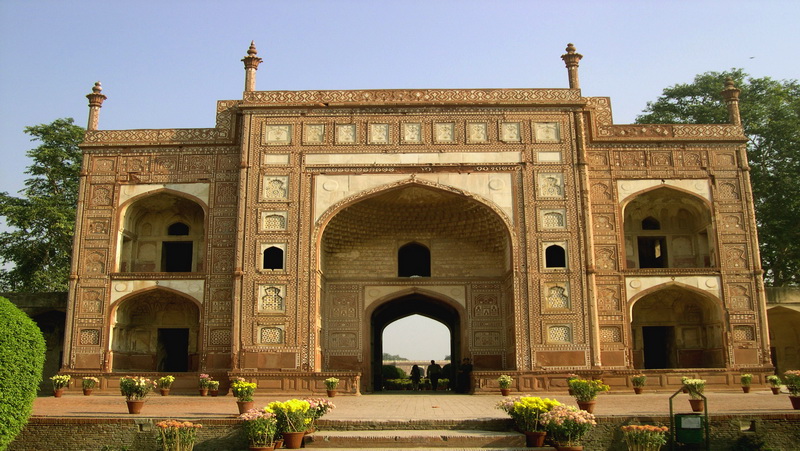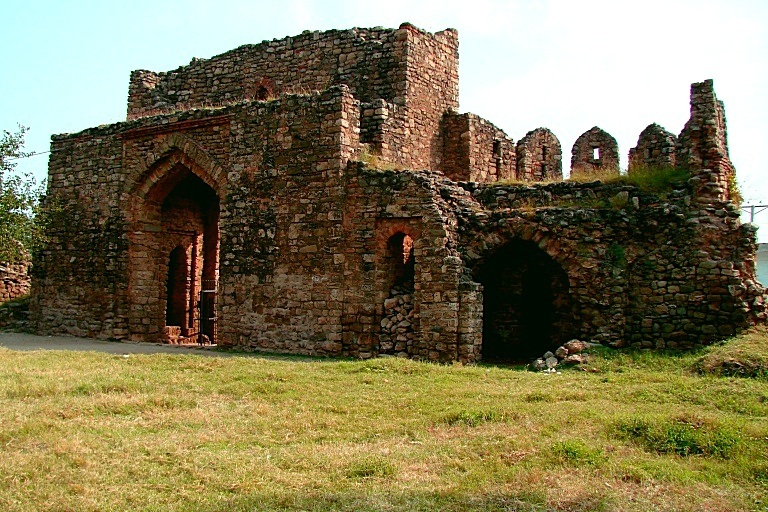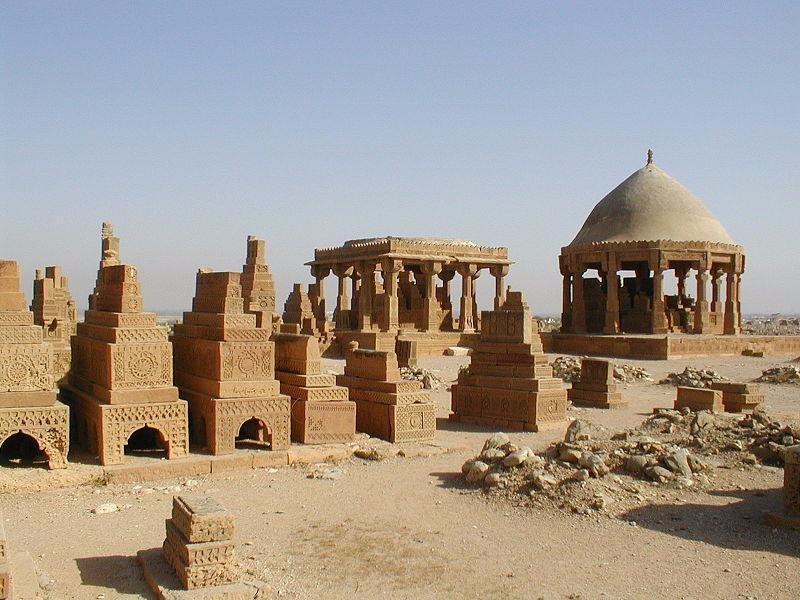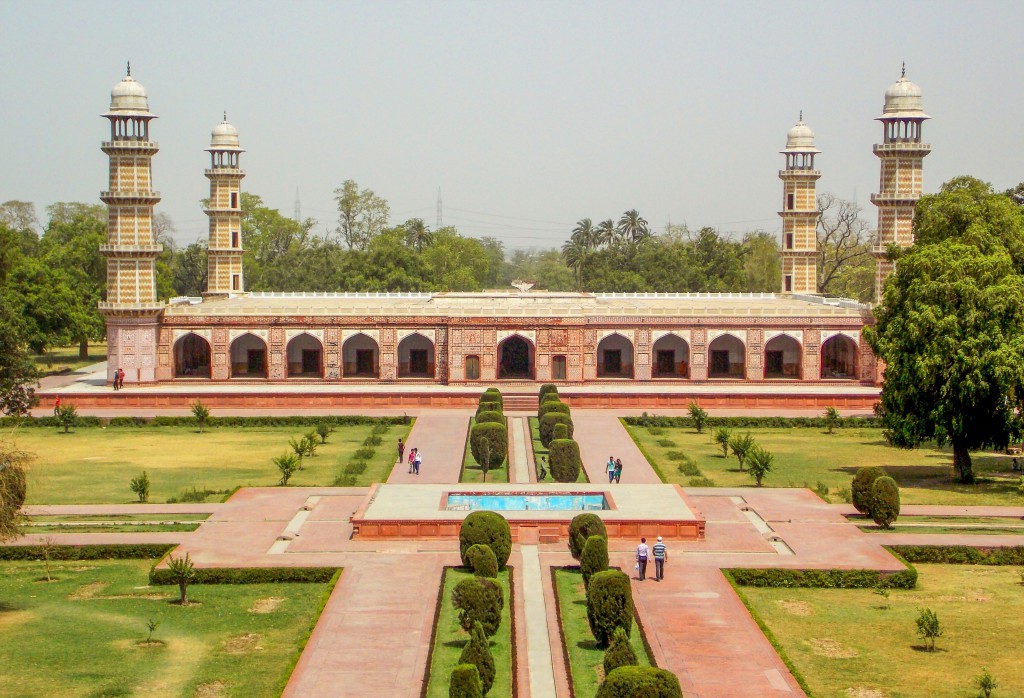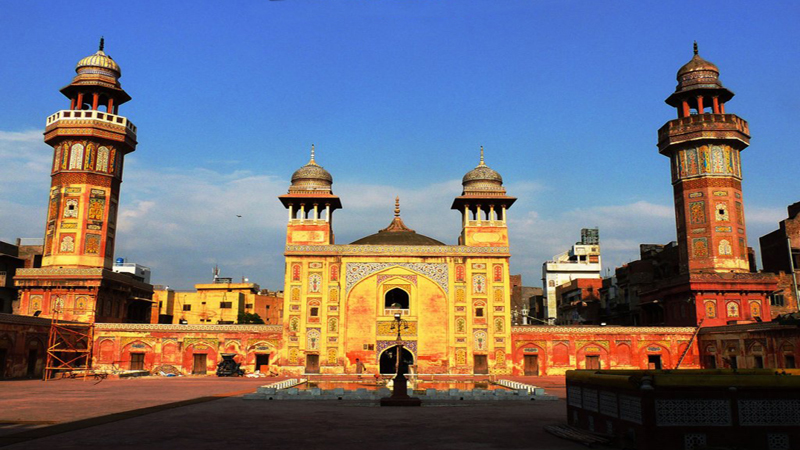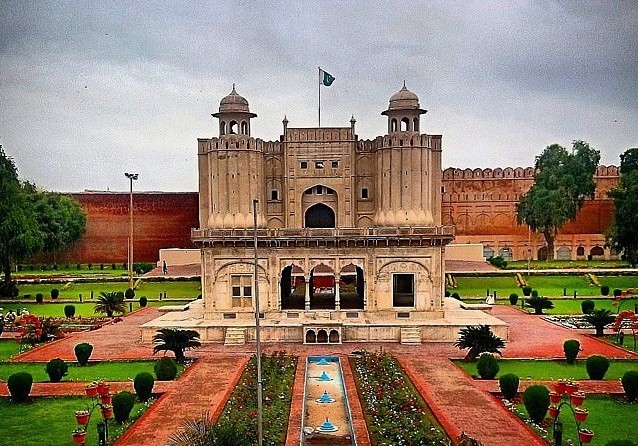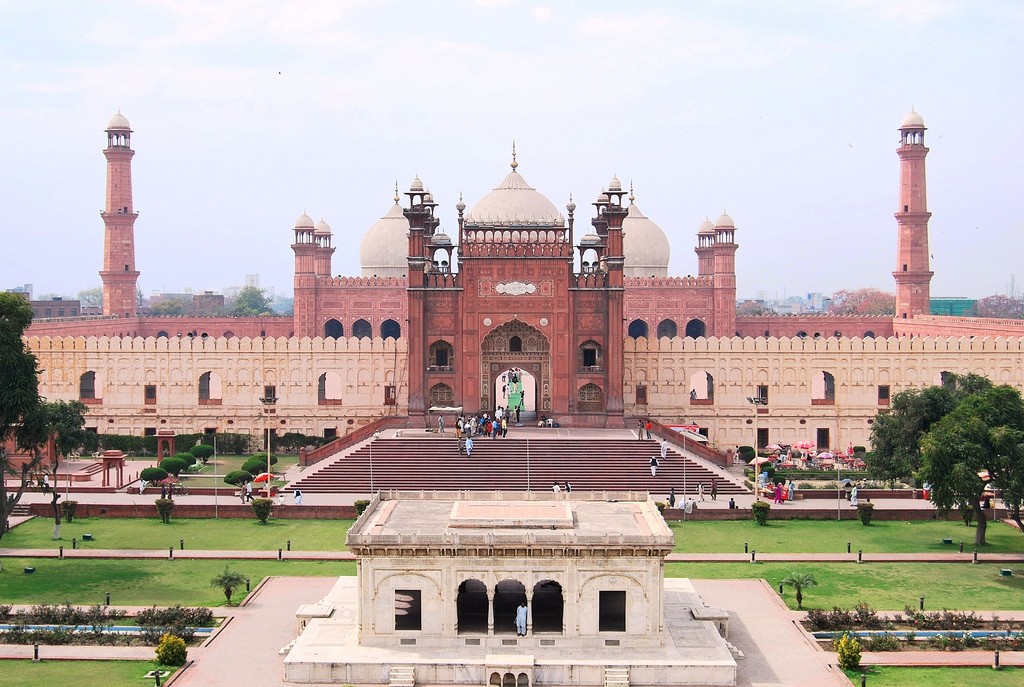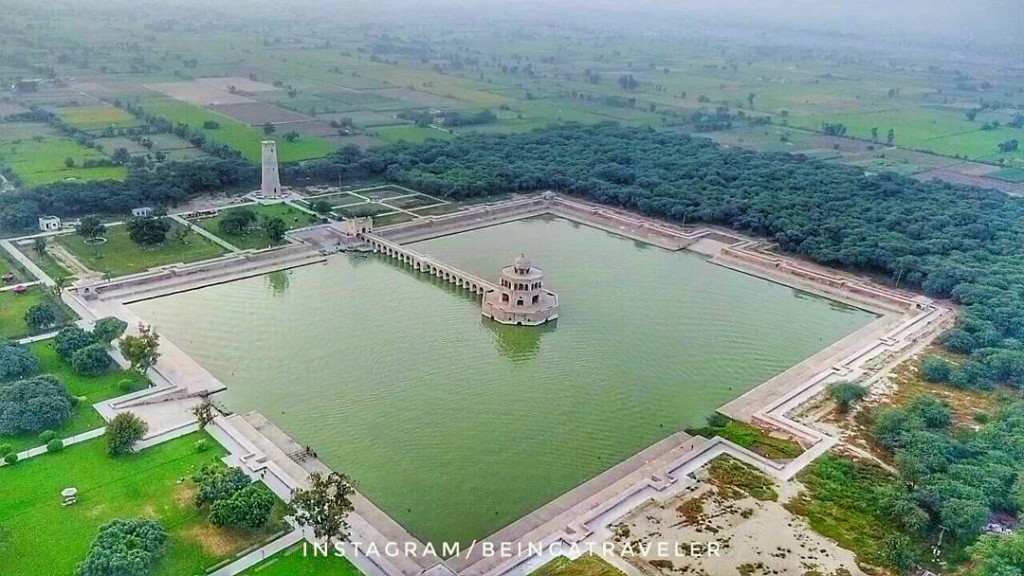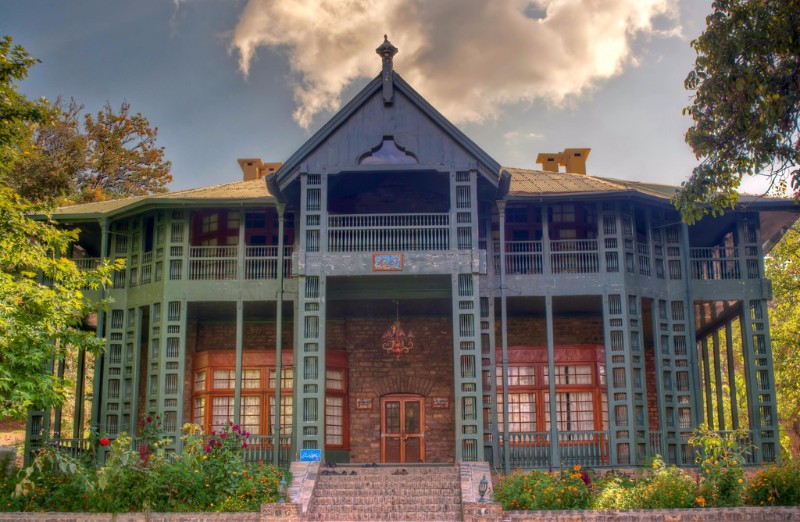-
Multan is a Historical city. Its History spread over centuries. Multan is Also Known as the city of “Garma, Gard, Gada, and Goristan”. Multan fort is one of the oldest forts In Pakistan. It is situated in the center of Multan city. Multan is a Historical city. Its History spread on centuries. Multan is Also Known as the city of Read more...
-
The famous Sheesh Mahal is also called Palace of Mirrors and is located in the north-east corner of the Lahore Fort (Shahi Qilla). This is the most beautiful palace in the Royal fort and is decorated with small mirrors of different colors set. Sheesh Mahal was constructed by Shah Jahan in 1631. This is the luxurious place of resort particularly Read more...
-
The Tomb of Nur Jahan is a red sandstone mausoleum located in Shahdara Bagh in Lahore, Punjab, Pakistan. It was constructed for the Mughal Empress Nur Jahan as her final resting place. Nur Jahan (alternative spelling Noor Jahan, Nur Jehan, etc.) (31 May 1577 – 17 December 1645) born as Mehr-un-Nissa, was Empress of the Mughal Empire as the chief Read more...
-
Rawat Fort is one of the oldest Forts in Pakistan. It is located 17 km east of Rawalpindi, on the Grand Trunk (G.T) Road leading to Lahore. The fort was built by Gakkhars, a fiercely independent tribe of the Potohar Plateau, in an early 16th century. The grave of a Gakkhar Chief, Sultan Sarang Khan is located inside the fort. Read more...
-
The Chaukhandi Tombs near Karachi, Pakistan are a unique example of such burials. Buried south to north – unusual for the area and time period – these tombs are constructed out of huge sandstone slabs, which are delicately stacked into a finessed pyramid shape. The slabs were then clearly painstakingly carved with intricate patterns, drawings, and relatable scenes. Built between Read more...
-
Jahangir’s Tomb is a Historical Tomb and tourist attraction Located in Shahdara, Punjab Pakistan. The emperor Jahangir died in camp on a return journey from Kashmir in 1627, and was buried at Shahdara, 3 miles north-West of Lahore at that time. The tomb of Jahangir stands beside a former bank of the Ravi in the midst of a large garden Read more...
-
In the age of 5th Mughal King Shah Jahan, this Mosque / Masjid has come into place. It is situated in the old city of Lahore and it was built by the Governor of Lahore. Four hundred years ago Wazir Khan (Hakim Sheikh Ilm-ud-Din Ansari built this beautiful Mosque / Masjid. This Mosque is known as the Wazir Khan Masjid and it Read more...
-
The fort was initially constructed in 1566 AD by the Mughal Emperor Akbar, on the ruins of a mud fort which existed as early as 1021 AD. The Fort is rectangular. Lahore Fort is one of the oldest forts in Pakistan a tourist attraction for foreigners and locals as well, it is located in the northwestern corner of Lahore, adjacent Read more...
-
Badshahi Mosque (transformation in English: Royal Mosque) is the second largest mosque of Pakistan, located in provincial capital Lahore of Punjab. Badshahi Masjid is a Tourist Attraction and a must visited place in Lahore Pakistan. It was built in 1673 A.D. by the sixth Mughal Emperor Aurangzeb Alamgir. The mosque remained the largest mosque in the world from 1673 to Read more...
-
Hiran Minar or the tower of the deer is a Tourist Attraction situated in the city of Sheikhupura. This city is 40 kilometers away from the provincial capital, Lahore. The 4th Mughal King Jahangir built this structure in a beautiful lake. Basically, it is a monument of a deer that is the reason behind its name. It is a structure of Read more...
-
Quetta – The Quaid-e-Azam Residency – also known as Ziarat Residency – is one of the most widely visited national monuments in Pakistan. It is located In Quetta Balochistan Pakistan. It is this residency of Ziarat wherein the ‘Founder of Nation’ Quaid-e-Azam Muhammad Ali Jinnah retreated from Karachi in June 1948, and spent the last 70 days of his life Read more...
-
Mohenjo–daro was one of the largest city-settlements of the Indus Valley Civilization of South Asia. It is in the province of Sindh, Pakistan. The name Mohenjo-Daro, meaning “Mound of the Dead Men,” is a modern one, as the original city was anything but. Spreading over an area of 300 hectares (about 750 acres) with a peak population of about 40,000, Mohenjo-Daro Read more...


